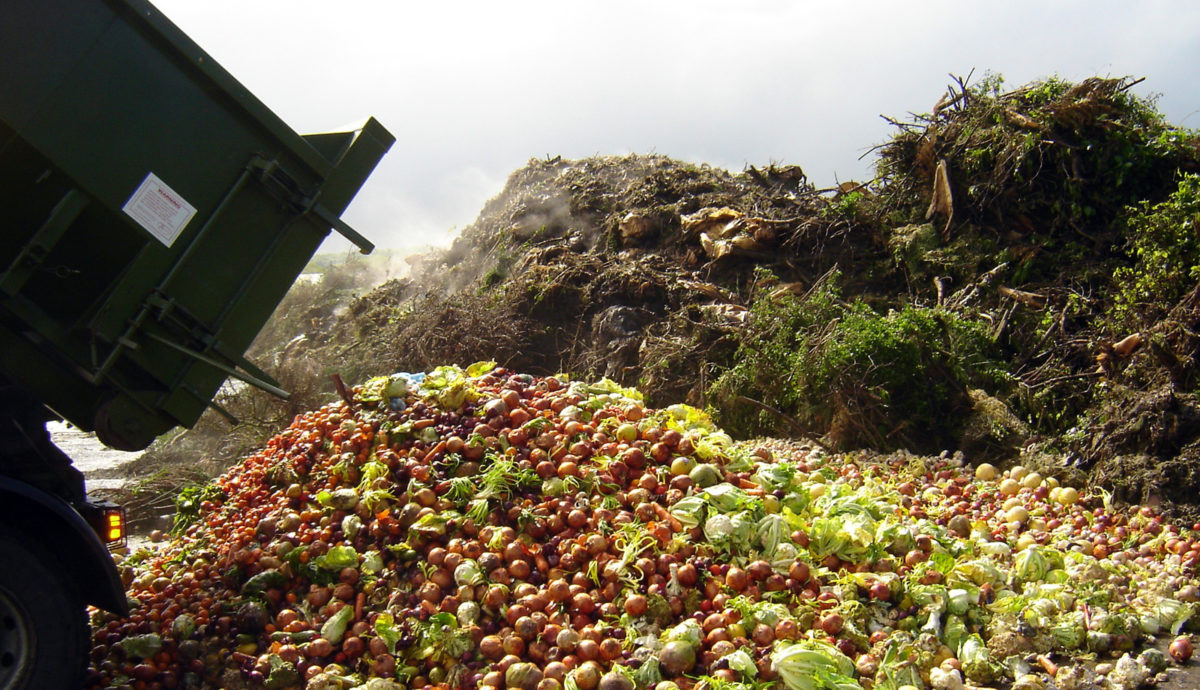The urgency of food waste as a global issue is becoming acute as population continues to soar. In a study last year the Natural Resources Defense Fund estimated that 40 percent of edible food goes uneaten in the US, alone. That equates to about $165 billion in wasted food, which occurs throughout the supply chain from inefficient agricultural practices and damage in transit and storage to sale by date labeling that causes consumers to throw out perfectly edible food all too frequently.
From a sustainable materials management perspective, packaging can play a key role in food waste avoidance. It is omnipresent in the food supply chain, carrying crop seeds to farmers, transporting freshly harvested produce to market, keeping perishables fresh, and helping consumers carry groceries home and store them in their kitchens. Therefore, its primary function to prevent the loss of the considerable resources (material and energy) embedded in our food products must be optimized. In other words, packaging is on the front-line of the food waste crisis, whether it is packaging bulk goods or individual products, and it can it be leveraged to alleviate waste at each phase of food production through consumption.
Here are some packaging best practices that can contribute to the reduction of food waste. These ideas are excerpted with slight modification from an in-depth report published in June 2013 by RMIT University, Melbourne Australia. The report was commissioned by the international transport packaging firm CHEP.
- Increase collaboration between farmers, ranchers, food processors, and retailers to identify where food waste is occurring and direct research and investment towards prevention.
- Develop tailored solutions and the design of secondary and tertiary packaging that provide better protection and shelf life for fresh produce and other agricultural products as they move from farm to processor, to wholesaler, to retailer.
- Increase the use of transport packaging that supports recovery of surplus and “unsalable” fresh produce so that it can be diverted to food kitchens or utilized as livestock feed, as appropriate.
- Accelerate development and adoption of new packaging materials and technologies such as modified atmosphere packaging and oxygen scavengers, to extend the shelf life of foods.
- Develop a science-based and standardized process for assignation of “use-by” and “best-before” date marks on primary packaging and educate manufacturers, retailers and consumers about the meaning of these marks to ensure they are understood and followed appropriately.
- Move to product/packaging portioning that caters to changing consumption patterns and smaller households.
- Synchronize supply chains that use intelligent packaging and data to reduce excess or out-of-date stock.
- Increase use of retail ready packaging to reduce double handling to minimize damage and improve stock turnover.
- Print tips for reducing food waste, e.g. using stale bread to make pie crust, and or recipes for left-overs on packaging.
Download the full report
Additionally, GreenBlue’s Sustainable Packaging Coalition can provide packaging design and material selection guidance to optimize food packaging systems based on our sustainable materials management approach and the principles of use wisely, eliminate toxicity and recover more.


